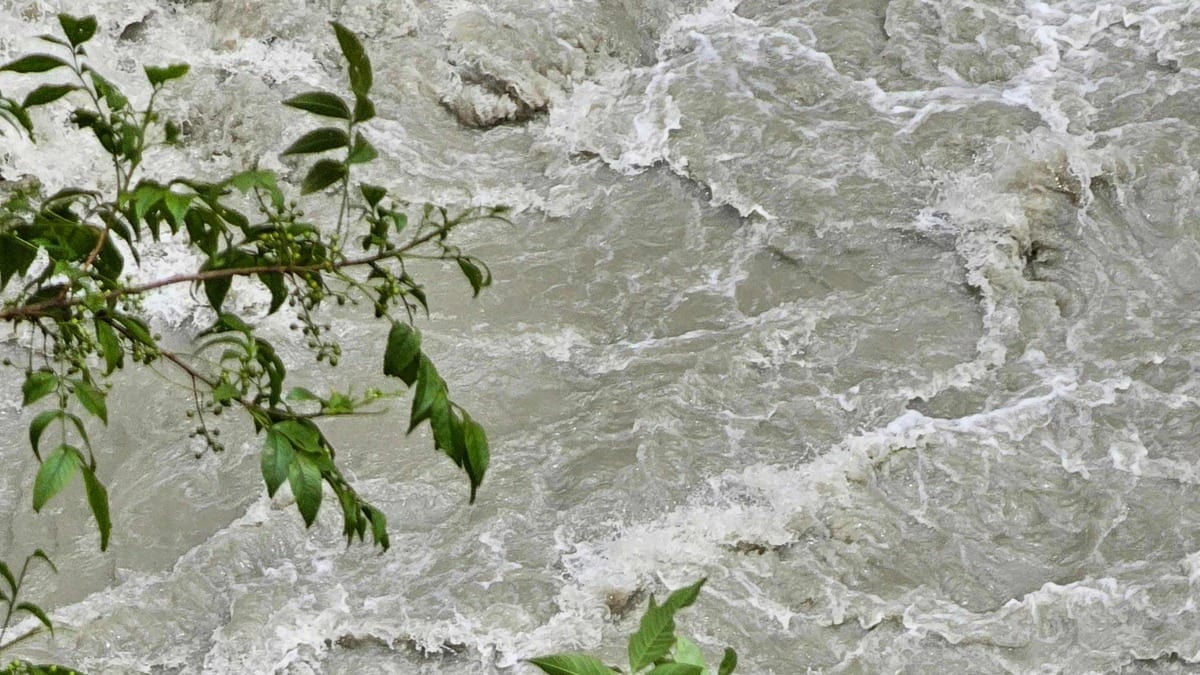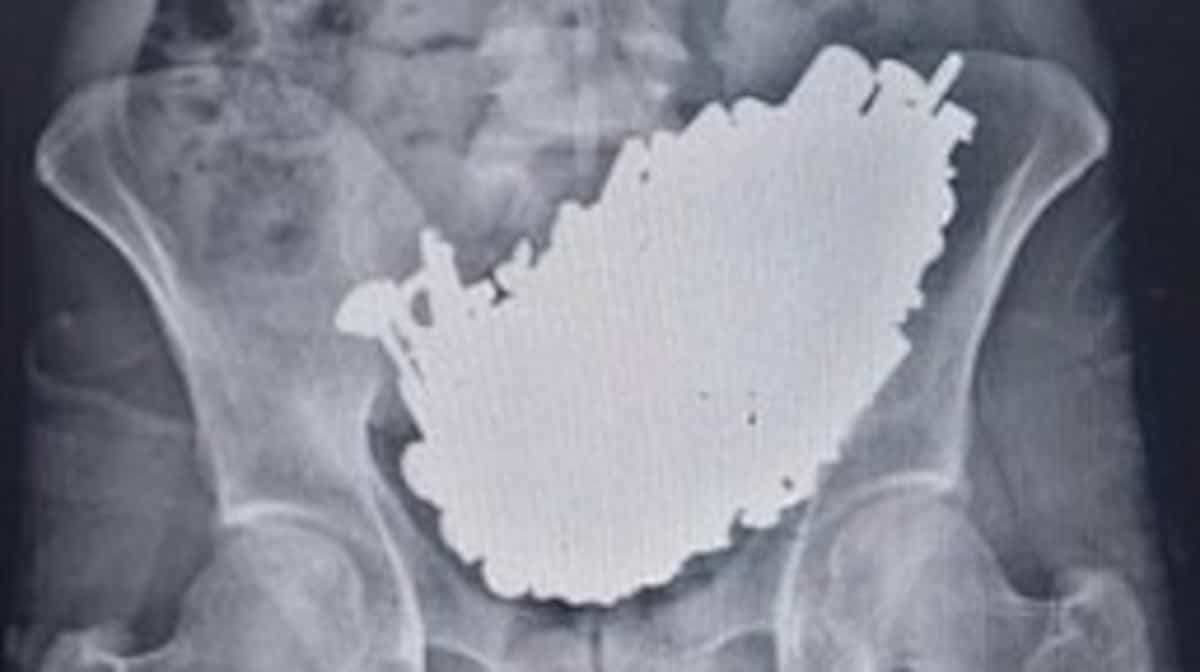
(Cuyabeno) The stench of rotting fish fills the road in the middle of the forest. In the Cuyabeno Reserve, in the heart of the Ecuadorian Amazon, a team of biologists and forest rangers have hung butterfly traps in the branches, and these winged gems are full of information that allows them to measure the devastating effects of climate change.
Inside the nets, a glass containing fish or fermented banana bait is intended to seduce adult individuals, whose ephemeral lives allow us to understand in the short term the extinction of certain species.
Since August, the team has been implementing a butterfly monitoring project with support from the US-based NGO Rainforest Partnership.
The sweat, the long walks and the pestilence were rewarded: In one week, the team collected 169 butterflies, most of them from the Nymphalidae family. Of these, 97 were flagged and released. Other species, which may belong to new species, will be studied.
“Fatal” seasons.
The project is led by biologist María Fernanda Checa, who has been studying butterflies in nearby Yasuni National Park, a biosphere reserve where large oil deposits are exploited, for ten years.
In 2023, its work expanded to the Cuyabino Reserve in the Sucumbios province in the northeast of the country. The results will be known soon, but MI Chica, a professor at the Pontifical Catholic University of Ecuador (PUCE), is already anticipating some discoveries.
She points out that the number of species caught in traps has decreased by 10%, and as for the quantity of individuals, “the decrease is also very large, we are talking about 50%.” “It's something that worries us,” explains M.I Chika told AFP.
Biologist Elisa Levy, who was accompanied by AFP on the trip, monitors butterflies in the Cuyabino Forest, where trees grow in the middle of lakes.
While blowing the air to repel mosquitoes, MI Levi gives instructions to Ministry of Environment guards and a student.
“Don't touch the wings!” “They come out, and it's like they're skinning them,” she warns her team, which returns to the rainforest every couple of months to hunt the prized Lepidoptera.
Domino effect
The researchers hold the butterflies' abdomens with their hands, gently blow on their trunks until they retract their legs, and, using tweezers, spread their multicolored wings. It is a mesmerizing explosion of bright red and blue colors, markings that mimic predatory eyes and patterns similar to the spotted fur of a jaguar or the stripes of a zebra.
“From the simple colour, and the small line, we can already tell it's another species. “It's exciting,” marvels forest ranger Nello Riofrio, who can catch butterflies mid-flight without harming them.
Butterflies are considered “bioindicators,” meaning they are “very sensitive, even to small changes in the ecosystem,” because of their life cycle that begins with eggs, then larvae and finally a short adult life, explains M.I Chica. Dry seasons in particular are “deadly” for insects.
MI Levy explains the domino effect of the climate crisis on the ecosystem. “If the host plant (on which the caterpillar feeds) does not adapt to these climate changes, the butterfly will not be able to survive.”
“a dangerous problem”
Ecuador has about 4,000 species of butterflies, a number close to the number of neighboring countries Peru and Colombia, which are four times larger.
In tropical regions, butterflies do not adapt to climate change as is the case in four-season countries in regions with a more moderate climate.
“If the climate is cold or warm (to extreme temperatures), they will not have much chance to adapt quickly,” warns M.I Collection.
According to a document published by the Food and Agriculture Organization of the United Nations (FAO) in 2023, about 35% of insect species on the planet are threatened with extinction.
“This is a serious problem for us” because of the functions it performs in nature, such as pollination, M. emphasizesI Chica. The worst part, she adds, is that in highly diverse places like the Yasuni Reserve, “the rate of species discovery is slower than the rate of extinction.”






